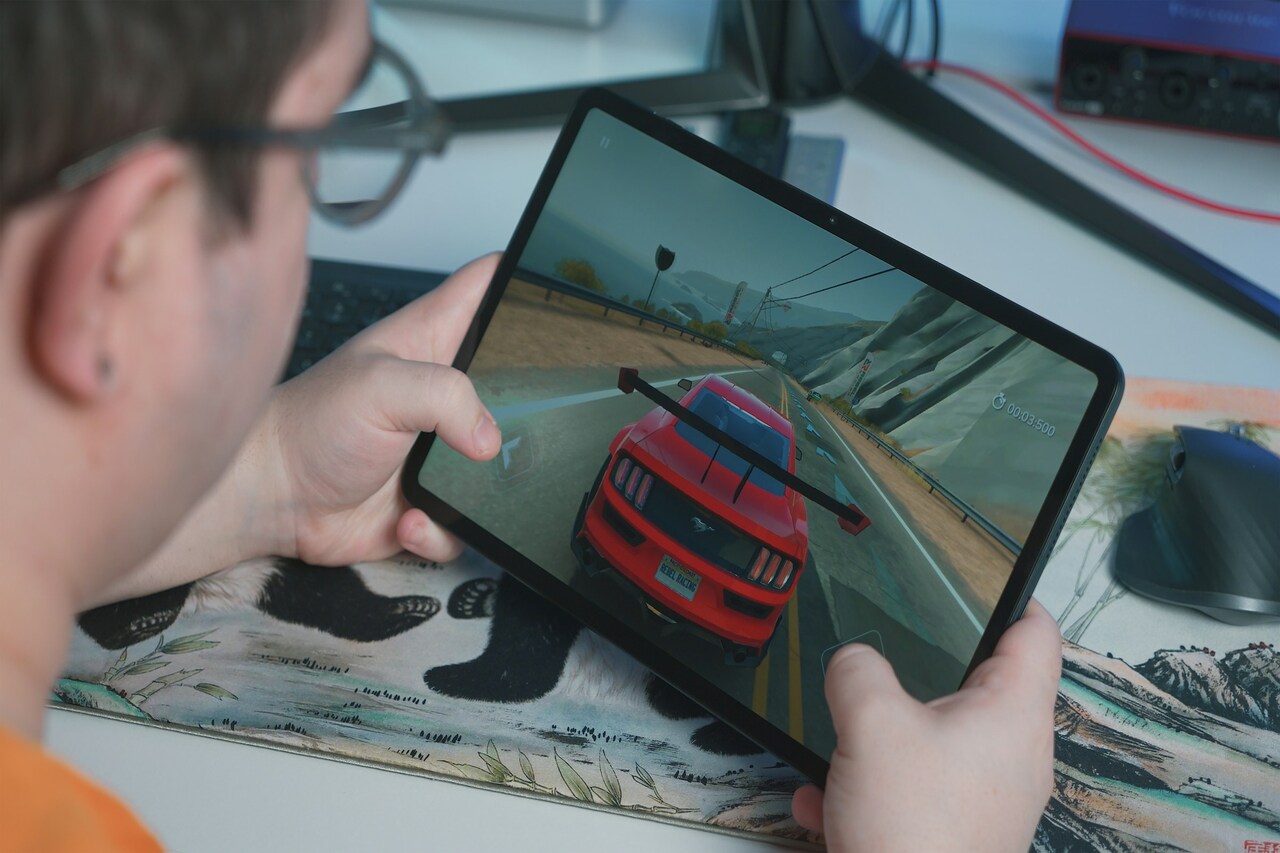What are the highlights of the history of Apple? From computers Steve Wozniak built in Steve Jobs’ parents’ garage to the world’s best selling smartphone, Apple has come a long way. It’s hard to believe the company will be 50 years old in just a few more years. Take a look back at the history of this groundbreaking company with this in-depth timeline.
1976: Founding of Apple
The history of Apple starts in 1976 at a meeting of the Homebrew Computer Club in Menlo Park, California. Steve Jobs and his friend Steve Wozniak were both members of the Club, where they shared their first computer: the Apple 1 (also called the Apple I).
Jobs and Wozniak teamed up with businessman Ronald Wayne to start their own computer company in early 1976. Wayne was only part of the company for two weeks, though, and left on April 12, 1976.
The two Steves designed and built the Apple 1 in Jobs’ parents’ house in Los Altos, California. Jobs and Wozniak sold the Apple 1 as a base kit for a computer, rather than a complete device. It cost exactly $666.66 and included a basic motherboard.
That’s a far cry from the powerful M3 Macbooks of 2023, but it was enough to get the company started. Jobs and Wozniak managed to get hundreds of thousands of dollars in funding, which allowed them to continue designing and building more computers.
That development led to the Apple 2 (Apple II), which was released in 1977 only a year after Jobs and Wozniak shared their first prototype. The Apple 2 was a much more complete device. Thanks to its color graphics, it allowed Apple to compete with much larger companies like Commodore and TRS, two early titans of the personal computer market.
1980: The Turbulent Macintosh Years
The 1980s and early 90s were a turbulent time for Apple with significant internal strife and market struggles. Apple was on the verge of creating something great but also teetering on the verge of bankruptcy by the late 90s. What was going on during this rocky period in the history of Apple?
In 1979, after a visit to Xerox PARC, the growing Apple team began exploring a then-cutting-edge concept known as a graphical user interface, or GUI. Jobs was thrilled by the GUI demonstrations he saw at Xerox PARC, which inspired him to begin developing a GUI-based computer for Apple. This device was the Apple Lisa, named after Jobs’ first born daughter.
Jobs didn’t work on the Apple Lisa for long, though. Infighting at Apple led to Jobs being forced off the Lisa project. He pivoted to a new project known as the Macintosh. This would go on to be the very first “Mac”. It was launched in 1984 following a massively successful Super Bowl ad directed by none other than Ridley Scott.
The Macintosh wasn’t the best personal computer on the market at the time, but it did stand out. Unlike most other computers, it was very easy to use. People did not need to know a programming language to control the computer and its GUI was a game-changer.
Unfortunately, the Macintosh had a high price and a slew of technical issues. Combined with competition from the Apple Lisa, it did not sell as well as Apple hoped. Nonetheless, it did put Apple on the map in the personal computer market.
Jobs and Wozniak Exit (Temporarily)
Sadly, Jobs and Wozniak left Apple in 1985, both of them frustrated with the direction of the company. Apple faltered for several years in the absence of its legendary founders. Meanwhile, Jobs started a new computer company, NeXT.
Things improved somewhat in the 90s with the release of the popular Apple Powerbook, which featured a modern laptop design (albeit noticeably chunkier than today’s Macbooks). Apple also released several new Macs with significantly lower price tags than the Macintosh 2, such as the Macintosh LC. These more affordable Apple computers helped the company gain a huge following among consumers.
However, Apple’s finances spiraled in the second half of the decade. By 1996, they were on the verge of bankruptcy. That is, until 1996, when Apple purchased Jobs’ new company, NeXT, to build Apple’s new operating system. Jobs returned as the CEO of Apple and his NeXTStep OS formed the foundation of every one of Apple’s operating systems we know today.
1997: MacOS and the iMac
The late 1990s were a turning point for Apple that completely changed its trajectory. In 1997, Apple released their new MacOS 8.0 after acquiring NeXT. The next year, in 1998, Apple launched the very first iMac. This was a computer designed for the Internet age, complete with a whole new look. Steve Jobs was in charge of Apple once more by the time he announced the iMac.
This all-in-one PC featured a refreshing translucent-plastic body and an updated full color display. It was a huge success. The iMac sparked the design trajectory that continues with today’s Macs. It was colorful, user-friendly and unlike any other consumer PC on the market at the time.
The next year, in 1999, Apple released another iconic product: the iBook G3. Also known as the clamshell Mac, this laptop drew clear design inspiration from the iMac. It duplicated the colorful, translucent plastic body into a laptop format. The clamshell iBook even had a quirky handle on the hinge to encourage users to carry it around with them.
Both the iBook and iMac were instant successes that helped launch Apple to the position it holds today among the world’s most beloved brands. Over the next few years, Apple also introduced some important pieces of software to the young Mac ecosystem, including Final Cut Pro, Garage Band, iMovie and iTunes.
In 2001, Apple also opened the very first Apple stores, one on the East coast in McLean, Virginia and one on the West coast in Glendale, California. Two decades later, there are over 200 Apple stores in the U.S. alone.
The iPod
That same year, Apple announced one of its biggest and more revolutionary products: the iPod. This device was an instant hit. It was far more advanced than the myriad of portable music players available in the early 2000s. In fact, the iPod was so popular and so valuable that people had to stop wearing white earbuds to prevent theft.
Several more generations of the iPod followed, each helping to cement Apple’s position as a titan of the mobile tech market. The iPod was also a game changer for the music industry, particularly with the rise of iTunes as a leading market for digital music.
2007: Jobs Announces the iPhone
Apple’s next major turning point came in 2007 at Steve Jobs’ MacWorld keynote presentation. This presentation changed the trajectory of the entire tech industry forever. It was here that Steve Jobs announced the very first iPhone.
By this time, Apple had already established itself as a top competitor in the mobile tech market. The iPhone took the platform of the iPod Touch and added telecommunications features to create a device unlike anything else in the early smartphone market. In a world of Blackberry business devices, the iPhone stood out.
Steve Jobs was right to bet on the iPhone. As of 2023, over 2.3 billion iPhones have been sold since the first iPhone was released in 2007. Additionally, at least 48.7% of all smartphone users in America have an iPhone. That share nearly doubles among young people. Surveys show that at least 87% of American teenagers have an iPhone today.
2011: Apple After Steve Jobs
Sadly, Steve Jobs did not live to see the long-term success of the iconic iPhone. He developed pancreatic cancer and tragically passed away on October 5, 2011, just a day after an Apple event where Tim Cook announced the iPhone 4s.
The loss of Steve Jobs fundamentally changed the trajectory of Apple. The culture at the company shifted, too. With Jobs’ innovative creativity gone, Apple began to falter again. The company’s focus shifted from design to sales.
On August 24, 2011, Tim Cook became the new CEO of Apple. Prior to this, he was the company’s Chief Operating Officer. Cook’s expertise is in business and supply chain operations, which he did make strides in as COO. However, many Apple fans were disappointed that he could not mimic the design-focused personality of Steve Jobs.
The next decade saw only marginal changes and updates for Apple’s main devices. The iPhone X introduced the modern iPhone design with a notch and no home button. The Macbook Air, Macbook Pro and Mac all retained essentially the same design from one generation to the next, although with noticeable improvements in performance over time.
The one big announcement in this era of the history of Apple was the Apple Watch. Released in 2014, the Watch was a bit slow to gain a following, largely due to its high price tag. It also wasn’t necessary – many users were perfectly happy sticking to an iPhone and a normal watch. However, the Apple Watch did eventually gain traction and go on to make Apple one of the world’s most popular watch brands.
2020: Apple Introduces the M1 Chip
Since 2006, Apple’s Mac devices had all been using Intel CPUs. Macs and Macbooks were all very popular and there was no longer any question that Apple was one of the world’s leading consumer computer brands. However, Macs still lagged behind Windows computers in some aspects, such as gaming.
Apple set out to cement their edge in the market by designing their own semiconductor chips. In-house design allowed Apple to optimize every aspect of the chips for their devices. Ideally, shifting away from third-party chips would lead to significant improvements in computing power and performance.
In 2020, Apple announced the M1 Macbook Pro, the very first Mac with Apple Silicon. The M1 chip was faster than previous generations’ Intel chips and didn’t overheat as easily. Switching to in-house chips also saved Apple billions of dollars, which they poured into further development of even more powerful computing architectures.
Three years later, Apple Silicon has proven successful. In October 2023, Apple announced the M3 chip, which brings much-needed graphics features to the Mac. Apple computers are still not the front runners in gaming, but they’re the go-to for productivity tasks like graphic design or video editing.
Other recent ripples in the history of Apple include the discontinuation of the iPod in 2022. iPod Touch sales had been tapering off as the iPhone gained popularity and people stopped carrying around dedicated music players.
What’s Next in the History of Apple?
In 2023, Apple announced their long-awaited mixed reality headset, the Apple Vision Pro. Like other Apple devices, it was received with a mix of excitement and skepticism, especially concerning its sky-high price. Some of Apple’s most successful products faced similarly mixed reception, though. Could the Apple Vision Pro be the start of a new era for Apple? We’ll have to wait and see.
Recent Stories
Follow Us On
Get the latest tech stories and news in seconds!
Sign up for our newsletter below to receive updates about technology trends














